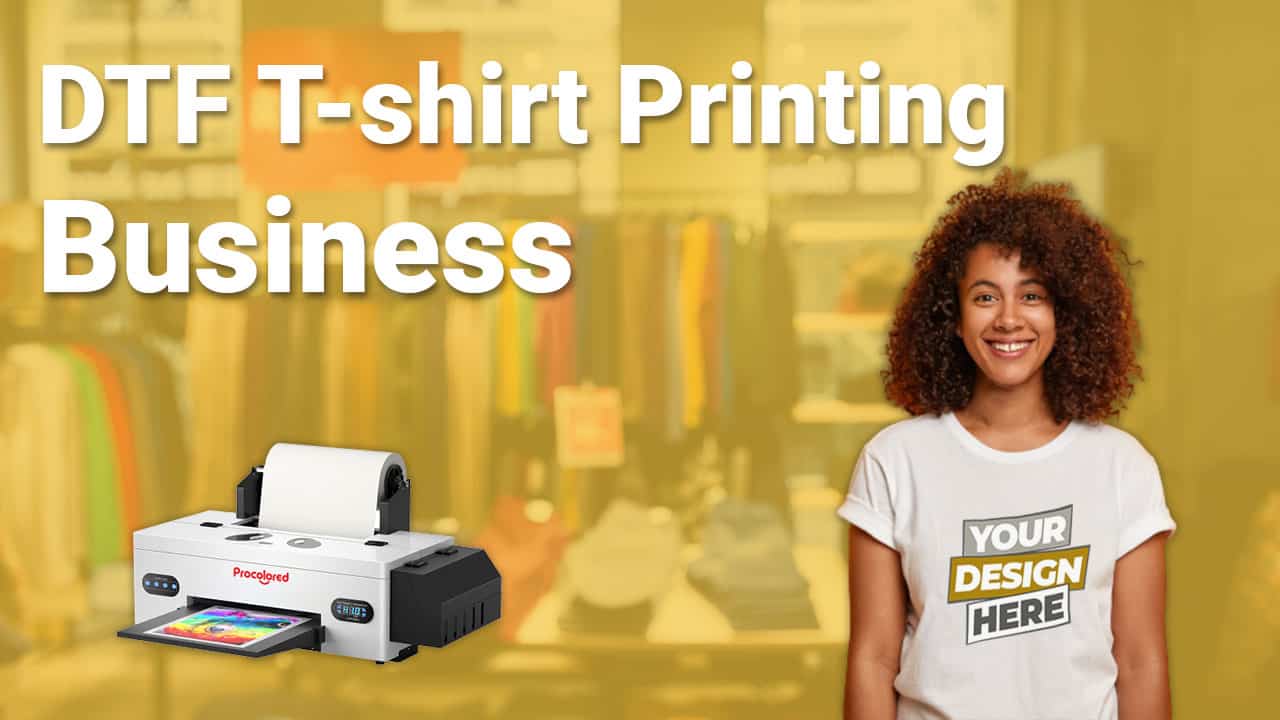
DTF : Direct To Film T-shirt Printing Business
- Introduction
- What is Direct To Film (DTF) t-shirt printing?
- Benefits of DTF printing
- How does DTF printing work?
- Advantages over other printing methods
- Choosing the right equipment for DTF printing
- Setting up a DTF printing business
- Tips for success in DTF printing business
- Potential challenges and how to overcome them
- Conclusion
- Frequently Asked Questions (FAQs)
In today’s digital age, the demand for customized apparel continues to rise. Whether it’s for personal expression, marketing purposes, or creating unique merchandise, people are constantly seeking ways to stand out. This growing trend has led to the rise of various printing methods, including Direct To Film (DTF) printing. If you’re considering starting a t-shirt printing business, exploring the realm of DTF printing can provide you with a competitive edge. In this article, we will delve into the world of DTF printing, its benefits, how it works, and essential tips for establishing a successful DTF printing business.
#1 Short intro to DTF
With the evolution of printing technologies, the traditional methods of screen printing and heat transfer are now joined by newer techniques like Direct To Garment (DTG) and Direct To Film (DTF) printing. While DTG printing has gained popularity for its ability to print intricate designs directly onto fabrics, DTF printing offers a unique alternative with its exceptional color vibrancy, durability, and versatility.
#2 What is Direct To Film (DTF) T-Shirt Printing?
Source : silhouette-winkel.com
Direct To Film (DTF) printing is a technique that involves transferring designs from a printed film directly onto fabric. It combines the best features of screen printing and DTG printing, offering high-quality prints with vibrant colors and fine details. The process utilizes specialized films, ink, and a heat press machine to achieve professional results on various textiles, including t-shirts.
#3 Benefits of DTF Printing
Source : Unsplash
High-quality prints
One of the primary advantages of DTF printing is its ability to produce high-quality prints with exceptional color vibrancy and sharpness. The films used in DTF printing allow for accurate color reproduction and intricate detailing, ensuring that the final prints meet or exceed customer expectations.
Versatile printing options
DTF printing offers immense versatility when it comes to printing options. It allows you to print on both light and dark-colored fabrics, providing a wide range of possibilities for your t-shirt designs. Whether you’re creating intricate multicolored prints or vibrant graphics, DTF printing can handle the task effectively.
Cost-effective solution
Compared to other printing methods like screen printing or DTG printing, DTF printing offers a cost-effective solution for small to medium-sized t-shirt printing businesses. The initial investment required for DTF printing equipment is relatively lower, making it an accessible choice for entrepreneurs who want to start their own printing business without breaking the bank.
#4 How does DTF Printing Work?
The process of DTF printing involves several steps, from preparing the design to curing the final print. Let’s walk through the main stages of DTF printing:
Preparing the design
To start with DTF printing, you need a digital design file that can be prepared using graphic design software. You can also buy print ready designs, check designs4tshirts.com Ensure that the design is in a high-resolution format and optimized for printing. It’s essential to consider factors like color separations, image size, and any necessary adjustments to achieve the desired results.
Preparing the film
After finalizing the design, it needs to be printed onto a specialized film using a DTF printer. The film acts as a carrier for the ink and protects the design during the transfer process. It’s crucial to use compatible DTF films that are specifically designed for optimal ink adhesion and washability.
Transferring the design to the fabric
Once the film is ready, it is carefully placed onto the fabric, aligning the design precisely where it should appear. A heat press machine is then used to apply heat and pressure, causing the ink to transfer from the film onto the fabric. The heat and pressure allow the ink to bond securely with the textile fibers, ensuring durability and longevity.
Curing the print
After the transfer, the fabric needs to undergo a curing process to ensure that the print adheres permanently to the fabric. This is typically done using a heat press machine, which applies heat for a specific duration, allowing the ink to cure and bond effectively. Proper curing is crucial to maintain the print’s quality and prevent fading or cracking over time.
#5 Advantages over Other Printing Methods
While DTF printing shares similarities with other printing methods like screen printing, heat transfer, and DTG printing, it offers distinct advantages that set it apart:
Versatility compared to screen printing
Screen printing is well-suited for large production runs but often struggles with intricate designs and multicolored prints. DTF printing, on the other hand, excels in reproducing fine details and vibrant colors, making it an ideal choice for small to medium-sized orders with complex designs.
Durability compared to heat transfer
Heat transfer printing can provide excellent results, but it may lack the durability needed for long-lasting t-shirt prints. DTF printing offers superior durability, ensuring that the designs can withstand repeated washing and maintain their vibrancy over time.
Cost-effectiveness compared to DTG printing
DTG printing is a popular choice for its ability to print directly onto garments, but it can be costly, especially for small businesses. DTF printing offers a more affordable alternative, allowing businesses to offer high-quality prints without the hefty price tag associated with DTG printers.
#6 Choosing the Right Equipment for DTF Printing
To set up a successful DTF printing business, it’s crucial to invest in the right equipment. Here are some essential components to consider:
Printer
A reliable DTF printer is the foundation of your printing setup. Look for a printer that offers high-resolution printing capabilities, accurate color reproduction, and good ink adhesion. It’s essential to choose a printer that supports the film size you plan to use and offers a user-friendly interface for easy operation.
Film and ink
Selecting high-quality DTF films and compatible inks is crucial for achieving optimal printing results. The films should provide excellent adhesion and washability, while the inks should offer vibrant colors and good colorfastness. Consider factors like durability, compatibility with your printer, and supplier reliability when choosing films and inks.
Heat press machine
A heat press machine is essential for transferring the designs from the film to the fabric. Look for a heat press machine that provides consistent temperature and pressure control. It should be able to accommodate different fabric thicknesses and offer even heat distribution to ensure uniform prints.
#7 Setting Up a DTF Printing Business
Establishing a successful Direct To Film printing business requires careful planning and execution. Here are some key steps to consider:
Market research and target audience
Conduct thorough market research to identify your target audience and understand their preferences, buying patterns, and market demands. This will help you tailor your services and offerings to meet their needs effectively.
Business plan and budgeting
Create a comprehensive business plan that outlines your goals, target market, marketing strategies, and financial projections. Consider the costs involved in setting up the business, including equipment, materials, marketing, and operational expenses.
Establishing a workspace
Set up a dedicated workspace for your printing operations. Ensure that you have enough space for your equipment, storage of materials, and an organized workflow. Additionally, consider factors like ventilation, lighting, and safety measures to create a conducive work environment.
Sourcing materials and equipment
Identify reliable suppliers for your DTF films, inks, fabrics, and other printing materials. Establish strong relationships with them to ensure a consistent supply chain and access to high-quality products.
Marketing and promoting your business
Develop a marketing strategy to create awareness about your DTF printing business. Utilize online platforms, social media, and collaborations with local businesses to reach your target audience. Showcase your work through high-quality visuals and engage with potential customers through contests, discounts, or personalized offers.
#8 Tips for Success in DTF Printing Business
To thrive in the competitive t-shirt printing industry, consider the following tips:
Offer customization options
Provide your customers with a range of customization options to cater to their unique preferences. Offer different garment styles, colors, and sizes, and allow customers to personalize their designs or create custom orders.
Provide excellent customer service
Ensure that your customer service is top-notch. Respond promptly to inquiries, provide clear communication throughout the printing process, and deliver products within the agreed-upon timelines. Building strong customer relationships and exceeding expectations can lead to repeat business and positive word-of-mouth recommendations.
Collaborate with local businesses
Forge partnerships with local businesses, such as graphic designers, boutiques, or event planners. Collaborating with complementary businesses can expand your reach, create cross-promotion opportunities, and increase your customer base.
Stay updated with industry trends
Stay informed about the latest trends, techniques, and innovations in the t-shirt printing industry. Attend trade shows, join industry forums, and invest in continuous learning to enhance your skills and offer new and exciting services to your customers.
#9 Potential Challenges and How to Overcome Them
Starting and running a Direct To Film printing business comes with its own set of challenges. Here are a few common hurdles and strategies to overcome them:
Learning curve and technical knowledge
DTF printing requires a certain level of technical knowledge and expertise. Invest time in learning the intricacies of the printing process, troubleshooting common issues, and understanding the capabilities of your equipment. Online tutorials, workshops, and hands-on practice can help you overcome the initial learning curve.
Quality control and color accuracy
Maintaining consistent print quality and color accuracy is crucial for customer satisfaction. Implement quality control measures, such as regular color calibration, test prints, and thorough inspections before delivering the final products. Monitor and adjust your printing parameters to achieve the desired color output.
Building a strong customer base
Building a loyal customer base takes time and effort. Focus on providing exceptional products, personalized services, and a memorable customer experience. Implement targeted marketing strategies, offer incentives for referrals, and actively engage with your customers through social media and email marketing.
Managing production and fulfillment
Efficient production and timely order fulfillment are essential for maintaining customer satisfaction. Streamline your workflow, optimize production schedules, and invest in inventory management systems to ensure smooth operations. Stay organized, prioritize orders based on deadlines, and communicate transparently with customers about production timelines.
#10 So When will you start DTF ?
Direct To Film (DTF) printing offers a versatile and cost-effective solution for t-shirt printing businesses. With its high-quality prints, durability, and vibrant colors, DTF printing has gained popularity as an alternative to traditional printing methods. By investing in the right equipment, setting up an efficient workspace, and providing excellent customer service, you can establish a successful DTF printing business and cater to the growing demand for personalized apparel.
#11 Frequently Asked Questions (FAQs)
Q1: What is the difference between DTF and DTG printing?
DTF printing involves transferring designs from printed films onto fabric, while DTG printing directly applies ink onto garments. DTF printing offers vibrant colors and fine details, while DTG printing is more suitable for complex designs and smaller production runs.
Q2: Can Direct To Film prints be washed?
Yes, DTF prints are washable and can withstand regular laundering. However, it’s essential to follow proper care instructions and use mild detergents to maintain the longevity of the prints.
Q3: Are there any design limitations with DTF printing?
DTF printing offers excellent flexibility in design possibilities. However, intricate designs with very fine details may require additional expertise and careful handling to achieve optimal results.
Q4: How long does it take to cure a DTF print?
The curing process for DTF prints typically requires a few minutes under heat and pressure. The exact time may vary based on the equipment used, the type of fabric, and the ink manufacturer’s recommendations.
Q5: Can DTF printing be used for other fabrics besides t-shirts?
Yes, DTF printing can be used on various fabrics, including hoodies, sweatshirts, tote bags, and more. The versatility of DTF printing allows for customization on a wide range of textile products.


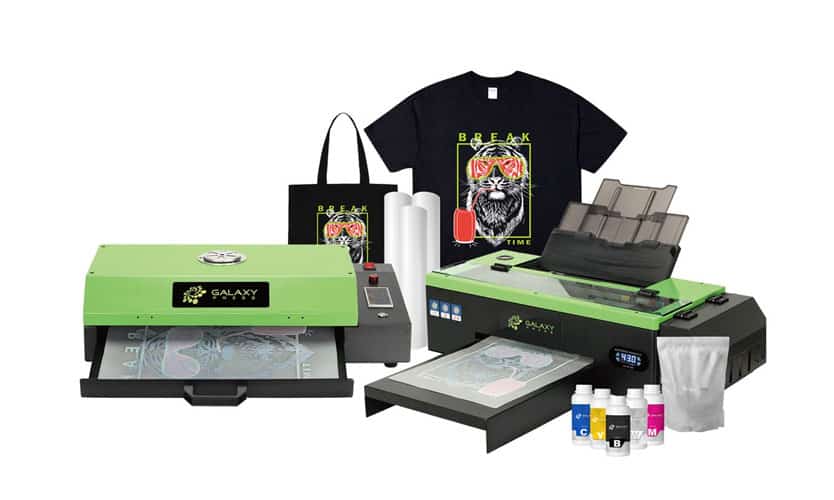

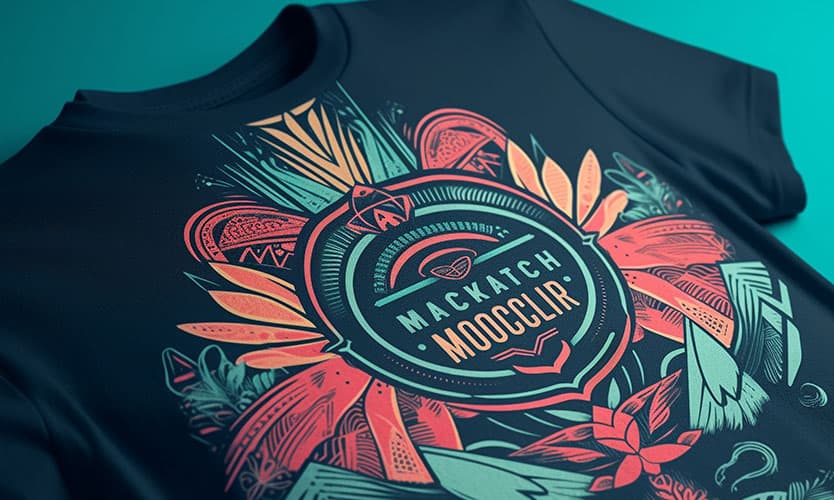
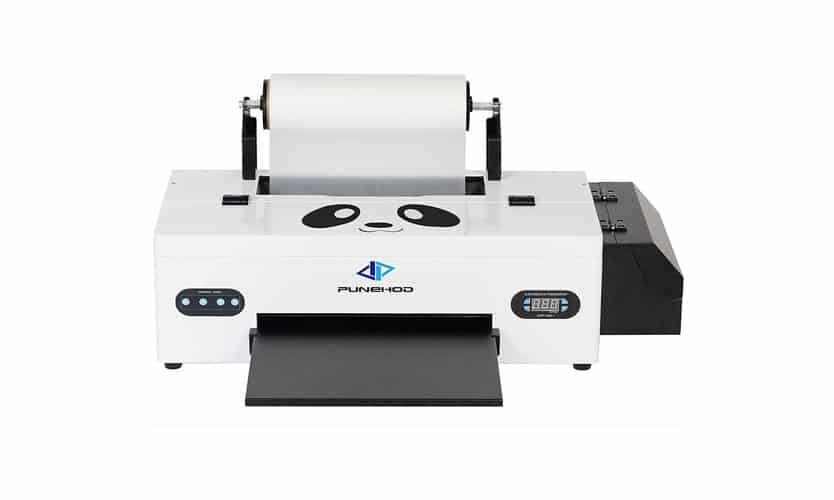
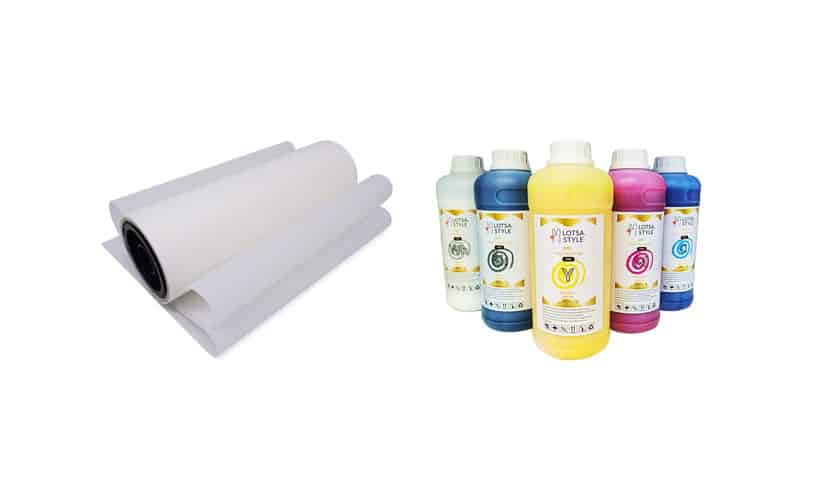
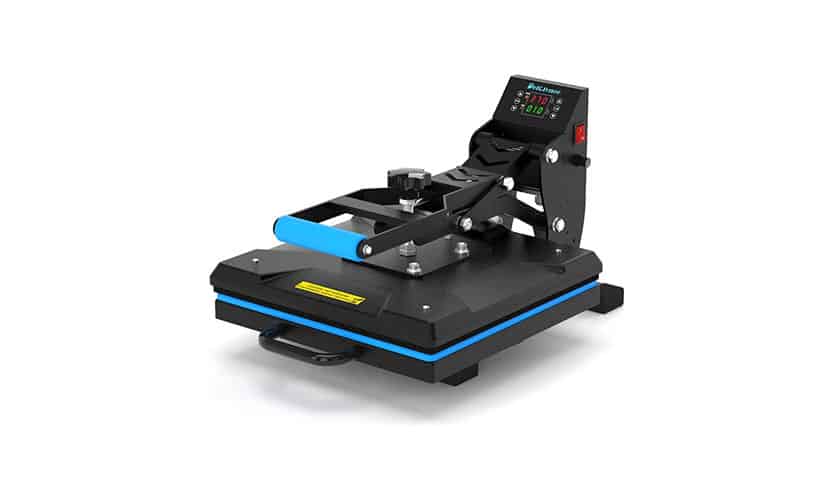


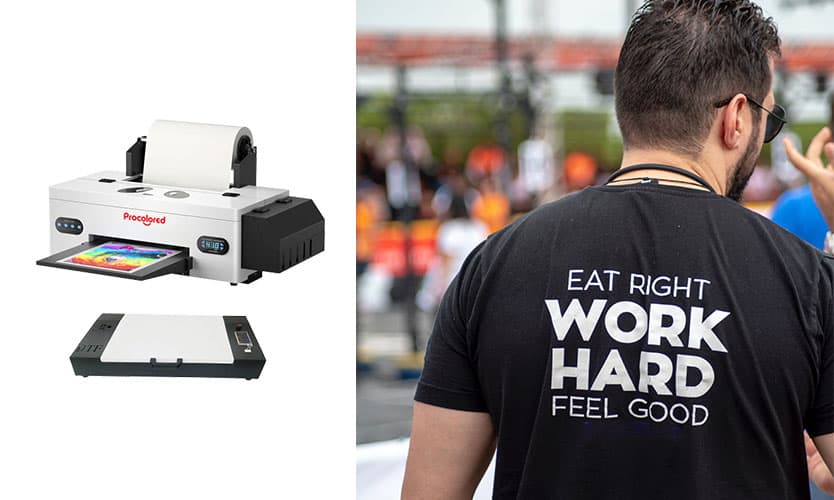



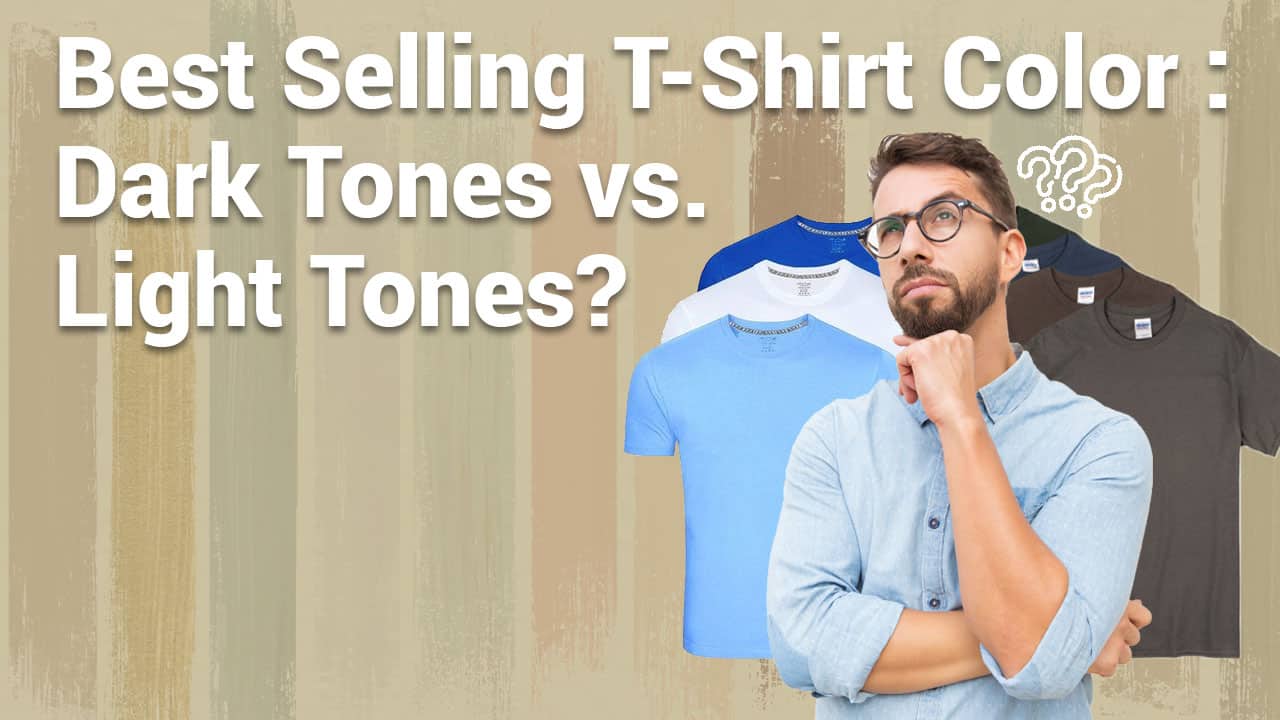

Angel-e
Does anyone know free DTF softwares? 😢
HeyGen
I’m really impressed together with your writing skills as smartly as with the
structure to your blog. Is that this a paid subject or did you customize it yourself?
Either way keep up the nice high quality writing, it’s rare to see
a great weblog like this one today. Leonardo AI x Midjourney!